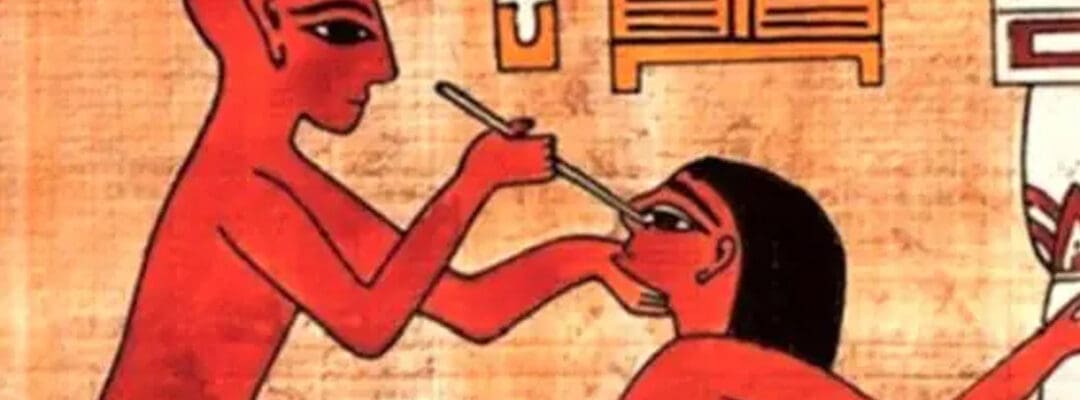Teeth are often considered a window into the past, providing invaluable insights into the lives of ancient civilizations. Dental archaeology, the study of ancient teeth, has become a crucial field in understanding the dietary habits, health conditions, social structures, and even the migrations of past populations. By analyzing the remains of teeth from archaeological sites, scientists can reconstruct a detailed picture of how our ancestors lived and how their environments influenced their health and development.
The Role of Teeth in Archaeological Studies
Teeth are remarkably durable and often survive in archaeological contexts when other skeletal remains do not. This resilience makes them an excellent source of information for researchers. Unlike bones, teeth do not remodel over time, which means they retain a permanent record of an individual’s health and diet from childhood through adulthood.
Teeth can provide clues about the types of food ancient people consumed. By examining the wear patterns on teeth, scientists can determine whether a population relied on hard, abrasive foods like grains and nuts, or softer, meat-based diets. The presence of cavities, or dental caries, can indicate a diet high in carbohydrates and sugars, while the wear and tear on teeth can reveal the use of teeth as tools for tasks such as weaving or processing food.
Health and Disease Through the Ages
Dental remains also offer evidence of health and disease in ancient populations. For instance, the prevalence of periodontal disease, abscesses, and tooth loss can shed light on the overall health and hygiene practices of a community. Malnutrition and deficiencies in essential nutrients often leave marks on teeth, such as enamel hypoplasia, which can indicate periods of severe stress or famine.
One of the most fascinating aspects of dental archaeology is the study of ancient dental work. Evidence of early dental treatments, such as tooth drilling and the use of dental prosthetics, has been found in various cultures around the world. These findings not only demonstrate the advanced knowledge and skills of ancient dentists but also provide insights into the cultural importance of dental health and aesthetics.
Social and Cultural Insights
Teeth can also offer a glimpse into the social and cultural practices of ancient civilizations. For example, the deliberate modification of teeth, such as filing, inlaying with precious materials, or intentional extraction, can indicate social status, cultural identity, or even rites of passage. Such practices have been documented in diverse cultures, from the Maya civilization in Mesoamerica to the indigenous groups of Africa and Asia.
The study of isotopes in dental enamel can reveal information about the geographical origins and migration patterns of ancient populations. Isotopic analysis can determine the types of water and food consumed during an individual’s lifetime, which can be traced back to specific regions. This technique has been instrumental in mapping the movements of ancient peoples and understanding how different populations interacted and influenced each other.
The Impact of Diet on Dental Health
The transition from hunter-gatherer societies to agricultural communities had a profound impact on dental health. Early hunter-gatherers typically had robust teeth with minimal signs of decay, thanks to a varied diet rich in proteins and low in carbohydrates. However, the advent of agriculture brought about significant changes, with diets becoming increasingly reliant on starchy crops like wheat, maize, and rice. This shift led to a rise in dental caries and other oral health issues.
Dental archaeologists have found that ancient farmers often suffered from higher rates of tooth decay and periodontal disease compared to their hunter-gatherer predecessors. These findings highlight the relationship between diet and dental health, illustrating how cultural and technological advancements can influence the overall well-being of a population.
Dental archaeology provides a unique and intimate perspective on the lives of ancient civilizations. By examining the teeth of our ancestors, scientists can uncover a wealth of information about their diets, health, social structures, and movements. This field not only enhances our understanding of human history but also underscores the importance of dental health in shaping the experiences of past populations. As we continue to explore the mysteries hidden within ancient teeth, we gain a deeper appreciation for the complex and interconnected nature of human development and cultural evolution.

Dr. Motiwala in International Press
To access the article, kindly click the logo of the NEWS website below.
 |
 |
 |
Don’t Wait, Contact Us Now!
Dial +91 99596 14584 to speak with Dr. Motiwala Dental Clinic & Implant Center about your treatment choices and avoid paying any sinus lift costs in India. Contact us using the form on our CONTACT US page, and we’ll get back to you as soon as we can with the information you require.






